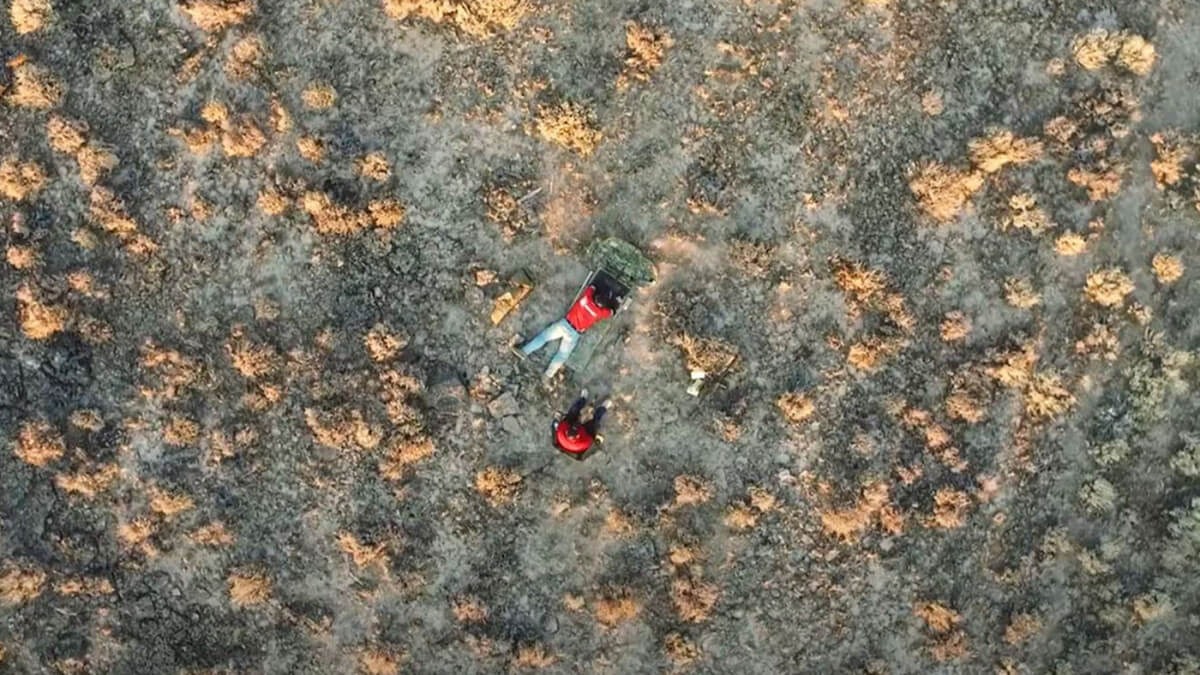- Savage Blog
- Elevation and Atmospheric Conditions in Long Range Shooting
Elevation and Atmospheric Conditions in Long Range Shooting

Few things in the shooting world are more fun than delivering accurate shots at extreme distances, and while a blind squirrel will find a nut every now and again, precise shot placement at long ranges requires attention to detail when it comes to elevation and atmospheric conditions. Ignore these factors and your long range shooting game will suffer.
A true long-range expert, professional shooter Stan Pate has some sage advice when it comes to environmental conditions. Put his advice to practice and improve your long-range projectile placement.
Use Environmentals To Shoot Better
Air density and wind speed must be considered when shooting at extended distances. Understanding how these factors will impact your downrange accuracy is crucial to effective long-range consistency.
“You have to think of wind as water,” notes Pate. “Picture water traveling over trees or around land features. Think of an eddy-current in a river, and then imagine your bullet going through that current. What effect is it going to have on your bullet? Is it going to lift it or press down on it? Another aspect to consider is air density. As the density of the air changes, the impact of your projectile on a given target will go up or down. This can be affected by moisture or temperature. If you’re shooting in cloud cover and the sun melts those clouds off, your projectile will start hitting higher on the target. Understanding just how much higher or lower is a matter of experimenting in different conditions.”
How To Adjust For Elevation Differences
Ballistic charts are super important to long-range accuracy, and Pate has a tried-and-true system for building his charts that allow him to make quick modifications based on his mean elevation above sea level.
“I start by shooting my loads across the chronograph to get my velocity,” says Pate. “This is the first step in building a ballistic chart. My next step is to shoot different data points or yard lines to prove my calculated ballistic come-ups. They are rarely the same. What I do next is modify the ballistic coefficient to match up my actual shots versus my calculated ballistics. I can then use that modified ballistic coefficient anytime I change elevation. This way, I always have good, honest zero settings for any type of elevation I may encounter.”


